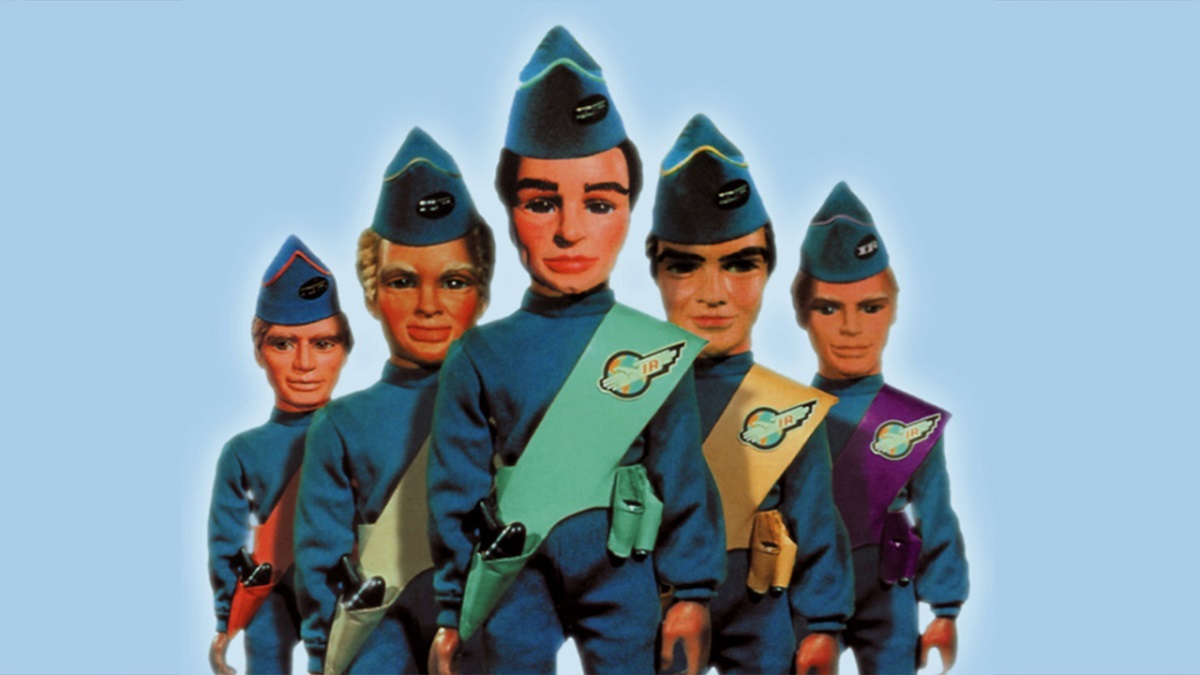
FIFTY years ago, the Thunderbirds made their TV debut.
Marcus Hearn is official biographer of the show’s creator Gerry Anderson and author of newly-published Thunderbirds: The Vault (Virgin, £25). With new episodes being made, Marcus told Gavin Sherriff the Honest Truth about the hero puppets.
How did Gerry Anderson come up with the idea?
He had the idea for Thunderbirds in 1963 when he heard about a mining disaster in Germany. Fifty men were trapped in a flooded mine but there was a struggle to get the right equipment to the scene in time.
Gerry imagined a dedicated rescue organisation with the most advanced technology in the world, ready to attend disasters on land, beneath the sea, in the air or even in space. That’s how International Rescue was born.
What other animation series was he responsible for?
Gerry called his puppetry technique Supermarionation. It was applied to Supercar, Fireball XL5, Stingray, Captain Scarlet and the Mysterons, Joe 90 and The Secret Service.
He used puppets because the formats and stories were so ambitious and epic that the only way to make them remotely affordable was to miniaturise them. I think it’s as simple as that he certainly had no great enthusiasm for puppetry.
What sort of technical challenges did he have to overcome?
These were the most advanced puppets ever seen but they were still relatively static.
Gerry did everything he could to disguise the steel wires suspending them. He also avoided showing them walking wherever possible.
The energy in his shows came not from the puppets’ limited movements, but from the ground-breaking model work and the unusually fast pace of the editing.
 Inside Thunderbird 2
Inside Thunderbird 2
Was it an immediate success?
It was something of a phenomenon when it was first broadcast in the UK.
It was so highly regarded by ATV, the ITV region that financed it, that it was the first of Gerry’s shows to be given a prime-time evening slot.
It was lavish and extremely well made. Inflation adjusted, each episode cost around £800,000 to produce.
What became of the original puppets, sets and props?
Nearly all gone, unfortunately. In his drive for greater realism, Gerry adopted a new style of puppets with much smaller heads for his next series, Captain Scarlet and the Mysterons. This meant that none of the Thunderbirds puppets could be reused, so most of them were thrown on a skip.
Are original toys and pieces of Thunderbirds memorabilia worth much money now?
Some editions of Gerry’s comic TV Century 21 and boxed versions of the Dinky toys can fetch hundreds of pounds.
Thunderbirds toys are among some of the most collectable pop culture items of the era.
 The new animated series
The new animated series
What’s your favourite episode?
I’m especially fond of the episodes that send Lady Penelope (voiced by Sylvia Anderson) and her chauffeur Parker (David Graham) on missions.
My favourite is probably The Cham-Cham in which aircraft are being shot down during the radio transmission of an instrumental music track.
It was the storytelling and the painstaking production techniques at their best.
How do you think the latest version of Thunderbirds compares to the original?
The episodes are much shorter and faster-paced. The format for the series has been broadened.
I think Gerry would have approved of the way computers have been used to animate the characters.
He was always fascinated by the latest technology.

Enjoy the convenience of having The Sunday Post delivered as a digital ePaper straight to your smartphone, tablet or computer.
Subscribe for only £5.49 a month and enjoy all the benefits of the printed paper as a digital replica.
Subscribe